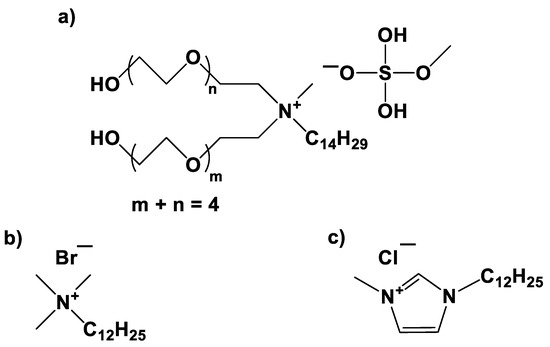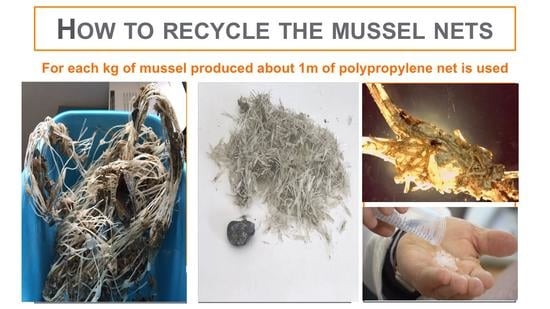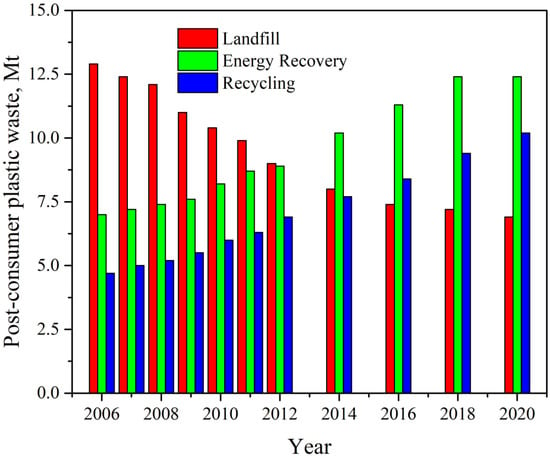Polymers 2022, 14(17), 3476; https://doi.org/10.3390/polym14173476 - 25 Aug 2022
Cited by 4 | Viewed by 2650
Abstract
Finite-element (FE) simulations that go beyond the linear elastic limit of materials can aid the development of polymeric products such as stretch blow molded angioplasty balloons. The FE model requires the input of an appropriate elastoplastic material model. Up to the onset of
[...] Read more.
Finite-element (FE) simulations that go beyond the linear elastic limit of materials can aid the development of polymeric products such as stretch blow molded angioplasty balloons. The FE model requires the input of an appropriate elastoplastic material model. Up to the onset of necking, the identification of the hardening curve is well established. Subsequently, additional information such as the cross-section and the triaxial stress state inside the specimen is required. The present study aims to inversely identify the post-necking hardening behavior of the semi-crystalline polymer polyamide 12 (PA12) at different temperatures. Our approach uses structural FE simulations of a dog-bone tensile specimen in LS-DYNA with mesh sizes of 1 mm and 2 mm, respectively. The FE simulations are coupled with an optimization routine defined in LS-OPT to identify material properties matching the experimental behavior. A Von Mises yield criterion coupled with a user-defined hardening curve (HC) were considered. Up to the beginning of necking, the Hockett–Sherby hardening law achieved the best fit to the experimental HC. To fit the entire HC until fracture, an extension of the Hockett–Sherby law with power-law functions achieved an excellent fit. Comparing the simulation and the experiment, the following coefficient of determination
(This article belongs to the Special Issue Processing of High Performance Polymeric Materials: Modeling and Characterization)
►
Show Figures














